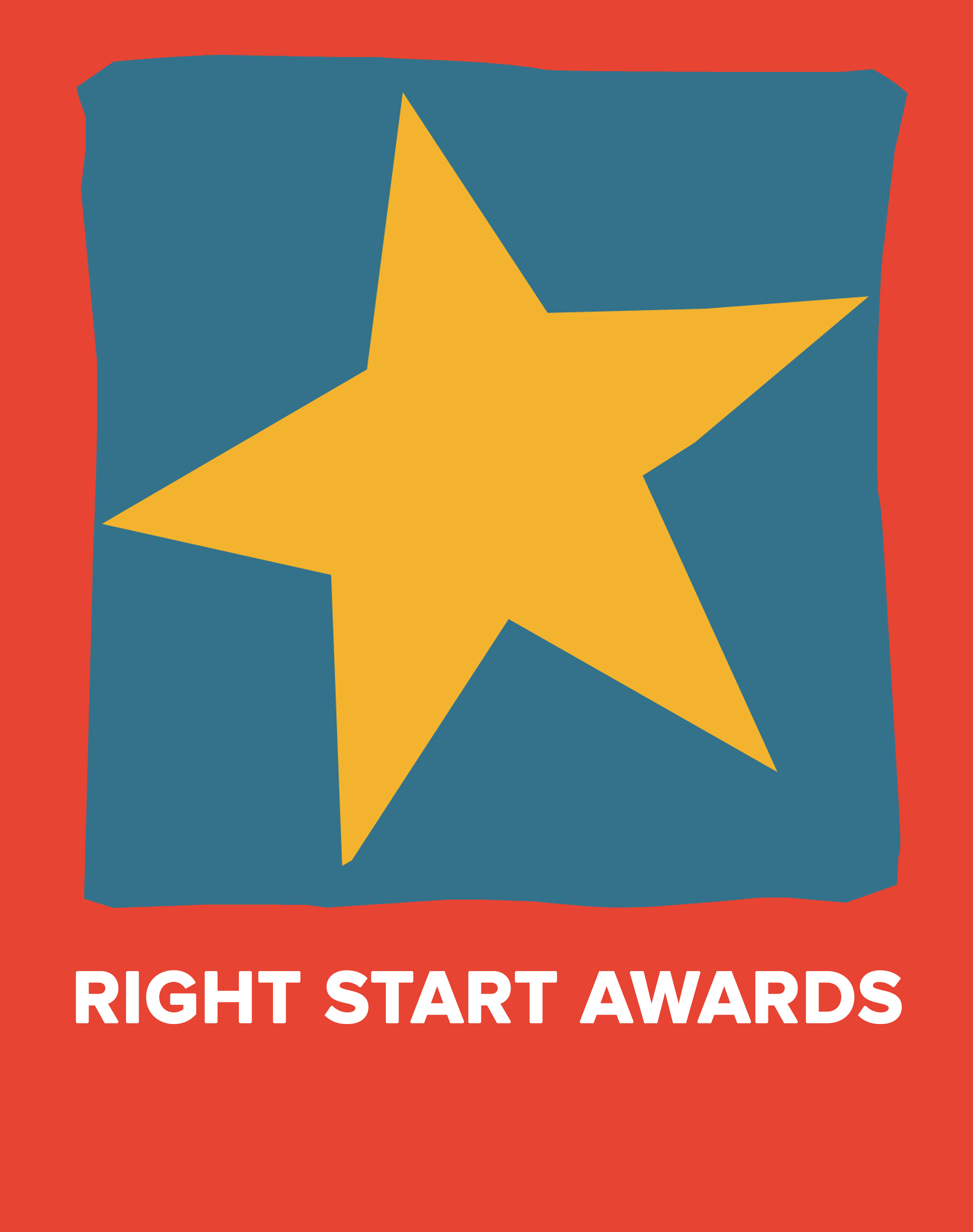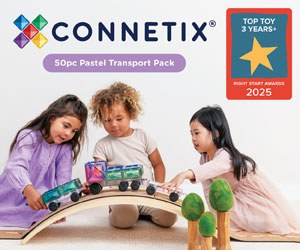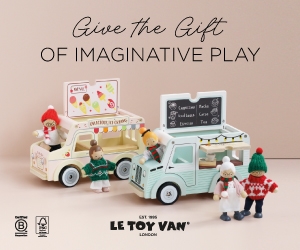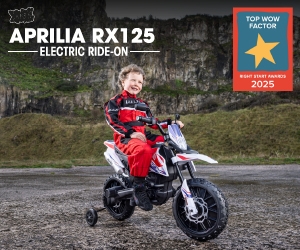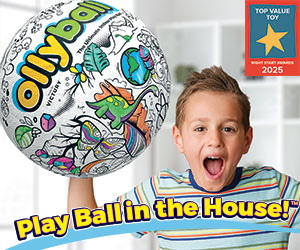So much of daily life involves an understanding of sciences which includes studying nature and the elements: water, wind, food and drink, textures, time and collections. All out activity ideas are suitable for children aged two to seven years old, but adult supervision is needed where knives and cooking are involved.
FLOATING AND SINKING
What you need A selection of objects such as stones, sponges, small sticks, paper, coins., plus a large bowl or bucket of water and a pencil and paper.
- Put each object into the water, one at a time.
- Ask your child to predict if it will sink or float.
- See whether it floats or sinks.
- Record the results in two columns.
- Why do some objects sink and others float? Was your child correct in guessing which would float or sink?
Your child should be able to work out that the difference is because of weight or density, not necessarily size.
HOW WATER FREEZES AND MELTS
What you need Water, ice lolly moulds or ice cube trays, food colouring or fruit juice, a freezer, a plate or tray.
- Discuss ice with your child by looking at pictures in books of ice and snow.
- If you have some made-before lollies or ice cubes, bring them out of the freezer. Let children feel the texture but be careful they do not burn their fingers on the ice.
- Mix the food colouring with the water, or mix together fruit juice and water.
- Pour into the lolly moulds or ice trays.
- Ask your child what differences there are between the frozen and liquid lollies. (The frozen ones may be bigger as they have expanded.)
- Turn out the lollies or ice cubes onto a tray.
- Can your child predict what will happen to them?
- Leave the lollies and ice cubes for five minutes then record their size by tracing round them. Leave for more time and record the size.
- Ask your child if they can think of a way to make them defrost more quickly.
You could make lollies or fruity cubes yourself the day before and bring them out to discuss the changes in the water or you can start from scratch with your child.
UNDERSTANDING WIND DIRECTION
What you need Coloured paper or scraps of old material, thin cane, pencils or small sticks, glue.
- Cut the material into triangles, rectangles and squares.
- Glue them to the cane or pencil to make a flag.
- Take them outside and hold up the flags.
- Is there any change in direction if the flag is higher or lower?
- Leave the flags in the ground for a few days and record the direction they blow in every day.
FRUIT SALAD: SHAPE, TEXTURE AND SMELL
What you need A selection of fruit, bowls, knife, chopping board. This activity needs careful adult supervision because of the use of knives.
- Take each piece of fruit in turn: name it, smell it, discuss the shape and size.
- Peel it.
- Cut it in half, then quarters or any other shape you choose.
- Are there any seeds? What might these be for?
- Which fruit does your child like best and why?
FUN WITH POTATOES
What you need Different potatoes (new, old, sweet), knife, oven, pans. Adult supervision needed for chopping and cooking.
- Learn the names of the potatoes.
- Discuss the different ways of cooking and eating them.
- Peel and chop the potatoes into shapes: which shape would you use for which type of cooking? Think about boiled, mashed, chipped, jacket potatoes, roast.
- Which type does your child prefer?
- Why do potatoes change colour or texture when cooked in different ways?
- Teach children the rhyme One potato, two potatoes, three potatoes, four.
PATTERNS AND SHAPES
What you need Sheets of plain white paper, crayons or pencils or coloured chalk.
- Take your child outdoors to find objects to make patterns from rubbings.
- Look for bricks, covers, grates, wall signs.
- Put a sheet of paper over the object and use the crayon, pencils or chalk to rub over the paper, so the imprint of the pattern underneath comes through.
- Discuss the various shapes that might appear: lines, circles, and the textures- rough or smooth.
- What kinds of textures give the clearest rubbings?
COLLECTIONS
What you need A selection of small containers, or trays, or scrap books and glue.
- At the seaside collect stones, shells or seaweeds.
- Sort them by shape, size, or colour. Discuss the different shapes and why they might have that shape.
- In the countryside: collect leaves, flowers, seeds and seed heads.
- At home, sort buttons and pasta shapes.
Identifying and sorting is a great way to develop vocabulary and observation.
THE TEST OF TIME
What you need A selection of easy-to grow seeds such as beans, sunflowers, lettuce, radish, or mixed mustard and cress.
- Help your child to plant the seeds in small pots.
- Record the growth by checking them daily for signs of growth.
- Make a chart divided into days and weeks.
- Record what grows when and how much.
- Which seeds grow quickest and which slowest?
This activity is also a good way of introducing your child to the concept of waiting, as obviously the growing process takes time. Children will find this an invaluable skill at school!
SCIENCE AT SCHOOL
At reception age, science is studied as part of Knowledge and Understanding of the World and the aim is to help children to make sense of the world around them. They will learn to develop their skills of observation, prediction, critical thinking and discussion which will come in useful throughout school, not only in science, but also in subjects such as history, geography, ICT and design technology.
Children will conduct experiments, explore different methods of discovery, and start to use drawings and charts to present their findings. They will work with a range of materials both inside and out of the classroom. They may go on a school trip based around one of their topics.
Topics
Your child may study aspects of one or more of these topics throughout the year:
- Minibeasts (insects)
- Animals
- Plants
- People who help us
- Festivals and celebrations
- Ourselves
- Where we live
- Water
- Seasons and weather
- Communities and cultures
- Time
Teacher recommendations
- Make sure you know what your child’s science topic is and try to be closely involved in the learning.
- The more input parents can give at an early age, the easier it is for a child to understand the science taught at school.
- Always use the correct vocabulary and terminology when talking to your child.
- Use every opportunity to explain changes to their environment that they can observe.
- Encourage your child to be observant whatever you are doing at home or outdoors, asking open-ended questions such as ‘Why do you think that happens’ and looking for opportunities to describe growth and change in everything around you.




